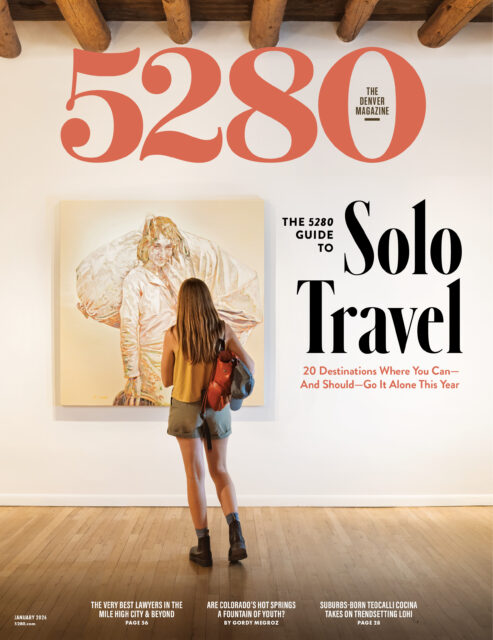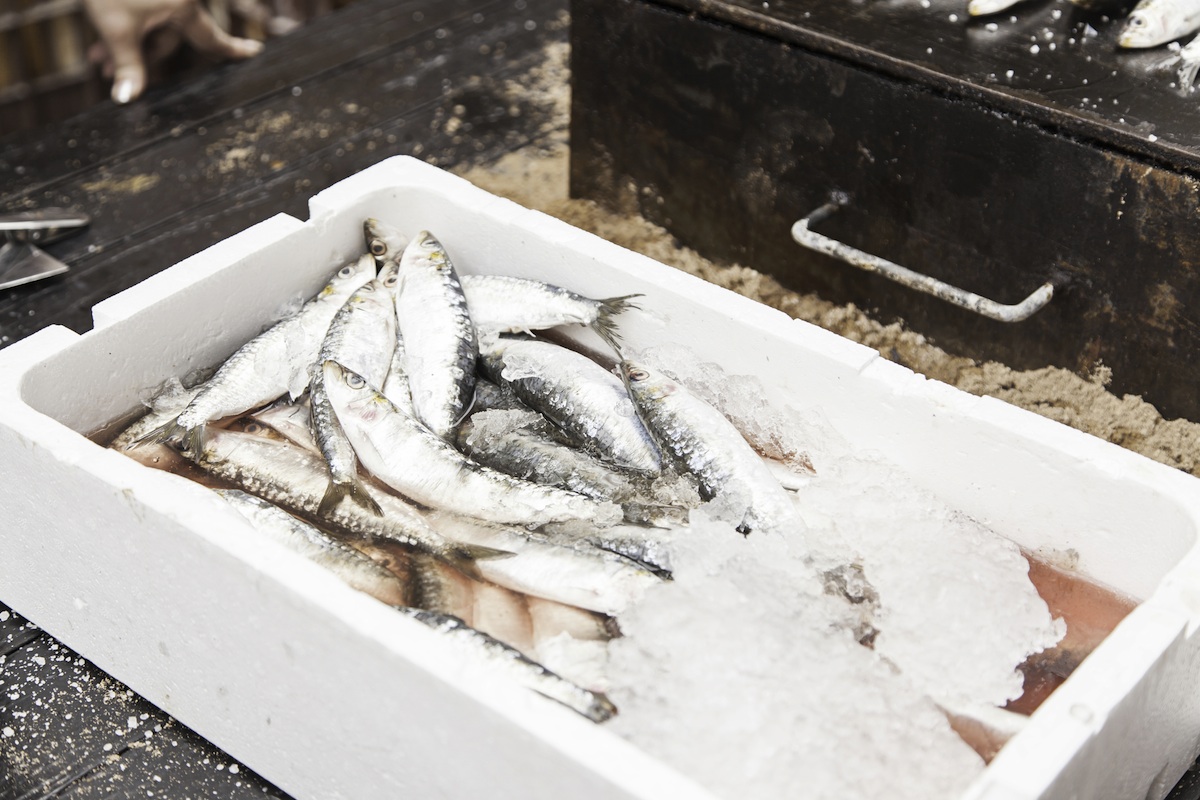The Local newsletter is your free, daily guide to life in Colorado. For locals, by locals.
When I interviewed Jorel Pierce, chef de cuisine of Stoic & Genuine, to review Jennifer Jasinski‘s most recent opening, we spent more time talking about sourcing and procurement than any other interview I conducted during my two years as 5280’s critic. Sure, Pierce and I talked about kitchen technique and recipe inspiration and staff training; but a great portion of our chat revolved around dock reports, coastal weather, shipping costs, and necessary waste. If a 1950s switchboard operator had intercepted our phone call, she might have thought I was interviewing a fisherman. It was understandable. For a “seafood spot situated as far as any major American city can get from both coasts,” as I wrote in my piece, sourcing should be an important part of their story.
In the weeks since my review ran, I’ve gotten even more detail on the matter from Pierce. We’ve talked about time and temperature bubbles that come on the top of his scallop cans, which indicate if at any point travelling across the country the product ever sees temperatures that are too warm. Pierce has told me about reflective boxes, like camping pads or marathon blankets, that one of his suppliers—Honolulu Fish Company—uses to be sure fish stays fresh. He’s explained that when he buys haddock from Foley Fish out of Boston, he spends more on shipping than he does on the fish itself. After reviewing dock reports from Hawaii, which detail what was caught that morning, Pierce places an order by 10 a.m. and sees the fish the very next day by 11 a.m., before his lunch rush. In other words, a chef in California who is also ordering mero sea bass from Hawaii is getting it the same way Pierce does—overnighted by airplane. It’s not like there is some special speedboat that gets it to the Port of Los Angeles faster.

My conversations with Pierce confirmed a hunch that Denver diners might be more skeptical of seafood than we need to be. Whether we are dining at Denver’s Stoic & Genuine or New York’s Grand Central Oyster Bar (a restaurant that Stoic & Genuine has been compared to, although I can’t say I see the likeness), wild Alaskan sockeye sees an airplane. “If you are eating a kumamoto oyster at Le Bernardin, it flew over Denver to get there,” Derek Figueroa, chief operating officer of Denver-based Seattle Fish Company says of the Pacific bivalve.
I asked Figueroa to review the menu for Le Bernardin and some other coastal powerhouses. As I suspected, there are plenty of menu items that see the same airport tarmacs as the fish served in Denver. By Figueroa’s eye, Eric Ripert’s inarguably exquisite seafood temple in New York City currently serves dover sole and merluza from European waters, geoduck and wild salmon from the west coast, and hamachi from either the Pacific or the Gulf of Mexico. On the menu for Restaurant Gary Danko, we spotted branzini, tuna, sea scallops, lobster, soft shell crabs, and clams that likely flew thousands of miles before being plated at the Bay Area restaurant. The menu at L.A.’s esteemed Urasawa—like so many sushi houses—indicates that the Japanese red snapper, amberjack, and littleneck clams do the kind of travelling that’s deserving of a First Class upgrade.
Don’t get me wrong. When I find myself on some boardwalk where I can hear gulls squawking and feel salt on my skin, I’m quick to ask my server what was locally caught. During recent pilgrimages to Pêche in New Orleans and the Ordinary in Charleston, I was wooed by Gulf drum and Capers Inlet clams, respectively. But seafood restaurants almost exclusively committed to area waters seem to be the exception rather than the rule. Stoic & Genuine communications chief, John Imbergamo, refers to the misconception as “the myth of coastal superiority.” Figueroa’s menu reviews confirmed that even in some of the nation’s most esteemed dining rooms there’s plenty that sees a plane. And that’s OK. “Sometimes the best managed fisheries come to us from far away,” Vinny Milburn of Greenpoint Fish & Lobster Co., a respected supplier to New York City restaurants, says. “As long as the fish is caught fresh and handled properly and shipped with care, airplane-shipped fish can be just as good, and sometimes better, than local,” the head fishmonger-owner continued.
During a recent slammed lunch rush at Stoic & Genuine, Pierce stopped what he was doing to quiz one of his cooks. “What’s the most important tool in the kitchen?” Pierce hollered. “The trash can, chef,” a cook called Tino responded. “What’s more important: Integrity or food costs?” Pierce went on. “Integrity, chef,” Tino replied. While we can’t expect Pierce to fly in coastal breezes and the sound of waves lapping under the dock, we can stop wondering whether or not there is good seafood to be had in this landlocked state. Next time you’re craving fish a mile above sea level, listen to that hankering. Just take your craving to a chef as passionate about dock reports, reflective boxes, and trash cans as Pierce.
Follow Stacey Brugeman on Facebook, Instagram, and Twitter @StaceyBrugeman.








